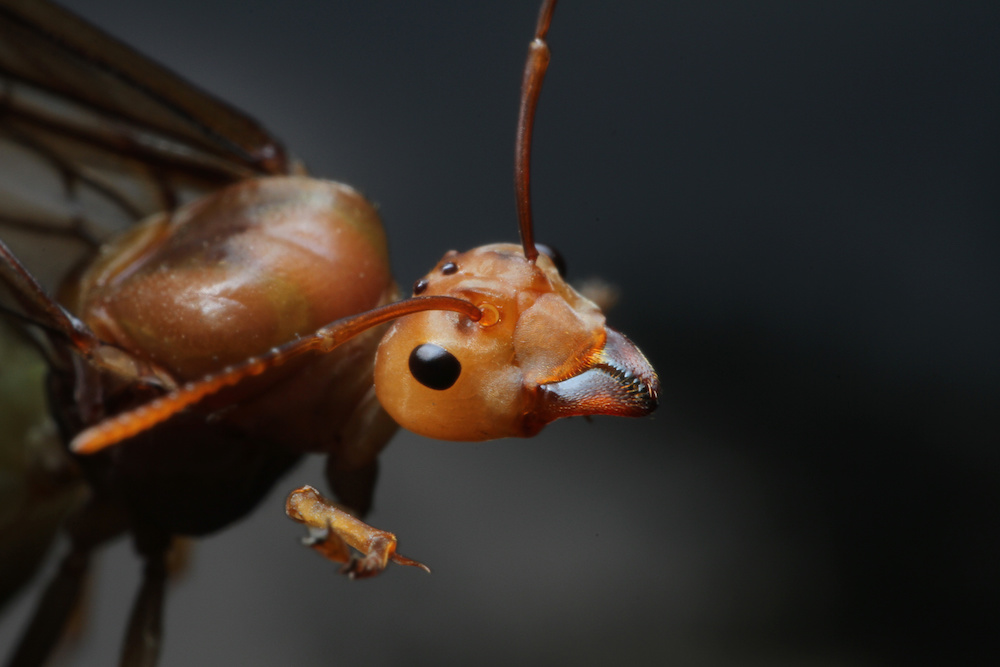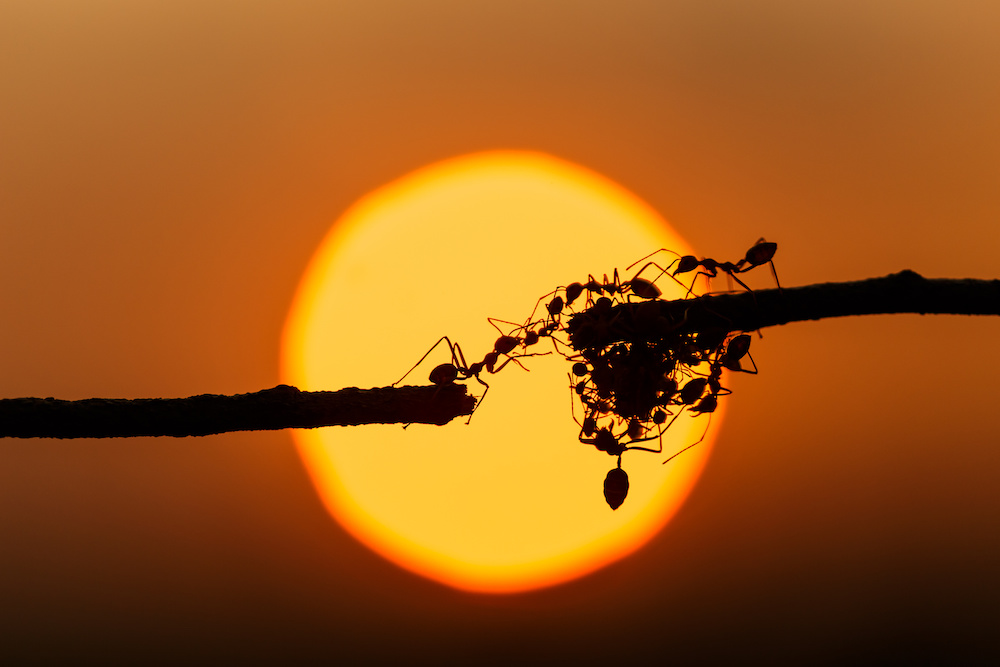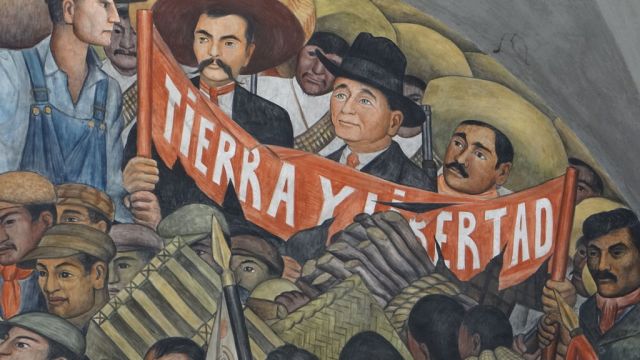How a single protein can switch an ant from worker to queen

- Ants live in highly regulated hierarchical societies, with each ant playing a designated role.
- Although most live as sterile workers, the death or removal of a queen can spur workers to change their behavior and physiology to become reproductive “gamergate” ants.
- A recent study shows that the molecular mechanisms behind this shift revolve around the regulation of a single protein, a finding which has broad implications for studying behavioral changes in other animals, including humans.
All of us constantly modify our behavior to be appropriate for whatever situation we are in. You would not act the same way at a party as you would a funeral, first date, or job interview. This ability to be flexible with our behavior in response to social cues has a scientific name: behavioral plasticity. In fact, in most animals — particularly those that live in very social communities — the ability to modify behavior when facing social conflicts is crucial for survival.
One of the most studied hierarchical communities in nature is the ant species Harpegnathos saltator. Different types of Harpegnathos ants play certain roles to support the continual reproduction and success of their colony, which revolves around the queen ant. While the majority of ants are sterile workers, much fewer are reproductive females, called gamergates, that can lay eggs.
However, these roles are not fixed: Depending on the outcome of certain social conflicts, an ant can switch between worker and gamergate states. This ability makes the Harpegnathos saltator an excellent model to study how social interactions and conflicts mediate an ant’s molecular makeup.
Hormones interact with Kr-h1 protein to determine social behavior
When a queen dies, there is a sudden need for a reproductive female in the colony. The ants duel for this right, and the remaining individuals soon swap out their worker status to become reproductive gamergates. Unlike workers, gamergates do not forage for food, but rather lay eggs and exhibit aggressive behavior toward workers. Although researchers know that this behavioral transition comes with a reconfiguration of both gene expression and hormone levels, the exact mechanism for these changes was previously unknown.
In a paper published in the journal Cell, researchers reported that a single protein, Kr-h1 (Krüppel homolog 1), is manipulated by hormones found in workers and gamergates. Based on the hormone levels, which differ between the caste systems, the protein acts on the genome of the ants’ neurons to suppress or activate genes related to social behavior.
The researchers, a team made up of scientists from the University of Pennsylvania and the University of Freiburg, Germany, used a combination of in vivo and in vitro techniques to investigate the actual mechanism that links hormone changes to behavioral changes. The team observed worker and gamergate ants in an artificial lab setting and instigated dueling matches. They also isolated and cultured ant neurons of the two different castes and artificially manipulated hormone levels, while mapping the activity of Kr-h1 and other genes.
The researchers showed that two hormones were signaling the brains of each ant to behave in the “correct” way. While worker ants had much higher levels of juvenile hormones that stimulate foraging and worker behavior, gamergates had much higher levels of ecdysteroids, which stimulate reproductive behavior. This hormone profile wasn’t surprising; it has been described in other social insects. But what the researchers did not expect was that both hormones acted on the same protein, Kr-h1, to directly affect the gene expression of the neurons.

The findings showed that, when stimulated by ecdysteriods, Kr-h1 maintains the gamergate identity by repressing genes associated with worker behavior. However, when activated by high levels of the juvenile hormones found in workers, Kr-h1 does the opposite and downregulates gamergate genes.
This discovery implies that, in a single ant brain, there exists a genetic map for two totally different roles that are both vital for colony success. This result — that each ant had both roles in its genetic makeup yet played out one or the other based on the activity of Kr-h1 — surprised the researchers, who were expecting the caste roles to be assigned to multiple different factors regulated by many proteins.
Instead, the situation was far simpler: It is the expression of Kr-h1, mediated by hormones, which keeps the ants behaving as they should, based on their caste role, for the long-term survival of the colony.
Implications for other social creatures
The finding that a single protein has an important dual function has already inspired the researchers to begin thinking of exploring how the protein, and others like it, are regulated. It is also unlikely that such a protein only exists in ants. The authors noted that future research should focus on understanding the extent to which these mechanisms between hormones and Kr-h1 affect social behavior in other animals.
In fact, this study has implications that go far beyond insects. It is plausible that there are similar proteins to Kr-h1 in the human brain, which, when acted upon by hormones or other regulators, can turn our genes “on” or “off” in specific ways. Discovering such a protein and understanding how it is activated could help us restore behavioral plasticity to aging brains.





